The ARTAS® robotic hair restoration procedure is highly effective because it uses digital imaging to track and analyze the best hairs for harvesting using the follicular unit extraction (FUE) method. ARTAS®’ patented blunt dissection technique ensures that the grafts undergo less risk of damage, while manual FUE procedures such as NeoGraft® utilize sharp dissection techniques, increasing the risk of damage. Led by Dr. Rome, a renowned cosmetic surgeon and member of The International Society Of Hair Restoration Surgeons, Barber Surgeons Guild®’s distinguished doctors specialize in robotic hair restoration and are committed to the best results.
We use robotic hair restoration to treat hair loss without cutting, or linear scarring. Our technology helps to give you permanent, natural solutions to hair loss and baldness. ARTAS® Robotic Hair Restoration is the most advanced option for natural hair growth.
The Old Strip Method
The Old Strip Method, or “Follicular Unit Transplant” (FUT), is a 40-year-old procedure that involves removing hairs from a strip of your scalp and inserting them into the thinning patches in your hair. Unfortunately, it often gives patients post-op pain, and leads to other short and long-term adverse effects. Barber Surgeons Guild® considers the strip method outdated for a number of reasons:
- Patients report difficulty sleeping on the surgical site of the head.
- Long-term nerve injury, pain, and numbness, are not uncommon.
- A painful recovery is common. Expect to go through several weeks of restricted activity.
- A large scar with stiches or staples where the strip of hair was removed means you can’t wear your hair short in the back.
Though outdated methods such as FUT tend to be less costly, the disadvantages are visibly prominent as these methods leave a large linear scar at the harvesting site and the end result suffers. Patients are often left with discomfort and pain, among other adverse effects due to the scalp being pulled back and sutured.
ARTAS® vs NeoGraft® & SmartGraft®
ARTAS®, Neograft®, and SmartGraft® are all follicular unit extraction (FUE) techniques, but while ARTAS® is renowned for its precision, and is robotically performed, procedures like Neograft® and SmartGraft® are performed with handheld instruments. (Very user-dependent and not a standardized procedure.) The risk of Neograft® or SmartGraft® is that transections are more common. We vote ARTAS®. Here’s why:
- Graft quality is consistent throughout the procedure.
- High-res digital imaging provides unparalleled visual detail of donor area.
- Real-time 3D analysis provides accurate mapping and calculations of critical hair follicle characteristics.
- Image-guided robotic alignment provides for precise graft dissection that manual techniques can’t match.
The field of hair restoration has come a long way over the past decade. That’s why we can guarantee you these benefits if you work with us:
- No linear scarring. No stitches.
- Quick and painless recoveries are common.
- Your transplanted hair will have a natural appearance.
ARTAS® robotic hair restoration uses digital imaging to analyze and track each hair to find the best ones for harvesting. With its patented blunt dissection technique, the grafts pose less risk of damage when compared to sharp dissection techniques such as Neograft or Smart Graft. The choice is clear. All that matters is when you want to schedule a consult with one of our top BSG doctors.
SCHEDULE YOUR CONSULTATION TO LEARN MORE
A Cutting-Edge Solution For Patients
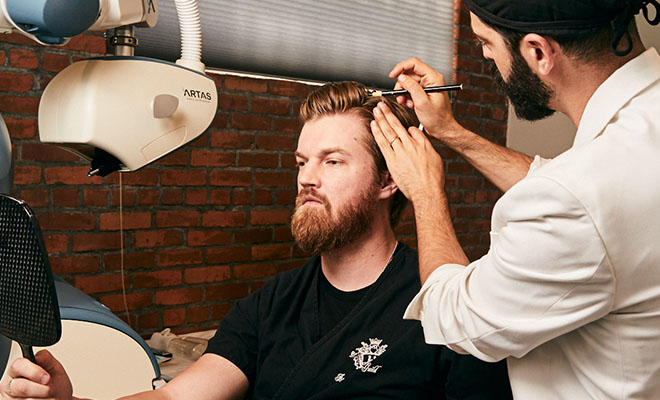
ARTAS® FOR PATIENTS IN THEIR 20s & 30s
The greatest losses in hair often occur in your late teens, twenties, and thirties. So it’s no surprise that 50% of our patients are young guys, and the average age of our hair restoration patients is 35 years old. Before robotic hair restoration, young men had scant options except to regrow their hair with a procedure that left significant linear scarring. That’s why we don’t recommend the traditional method of regrowing hair — the strip procedure (aka FUT) — for our younger patients.
ARTAS® will provide for guys to keep their hair short in the back if they choose without the branding of a long scar. In fact, many of our younger patients just need a bit of hairline restoration to improve the slight loss they have experienced, and we’re experts at restoring a completely natural hairline to just how it was before it started thinning. This procedure in combination with BSG’s steadfast approach to maintenance therapies will ensure long term success and lasting results.
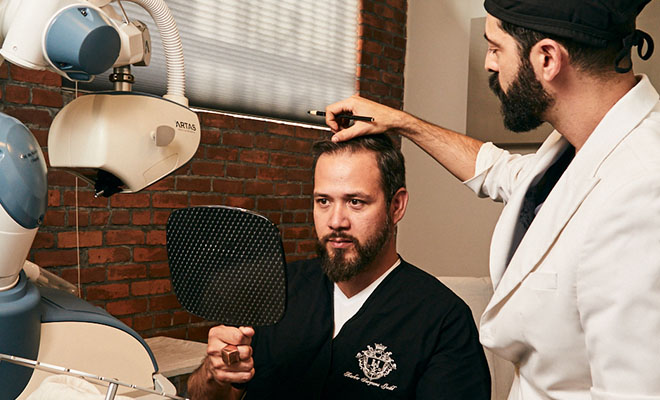
ARTAS® AFTER A STRIP PROCEDURE
The other 50% of our patients? Men in their 40s and up. Many have already had between 1-3 strip procedures. That’s why it’s important that they go to a practice that has experience performing ARTAS® after a strip, like Barber Surgeons Guild®’s chief medical officer, Dr. Justin Rome, and his team. Stop in for a consultation today.
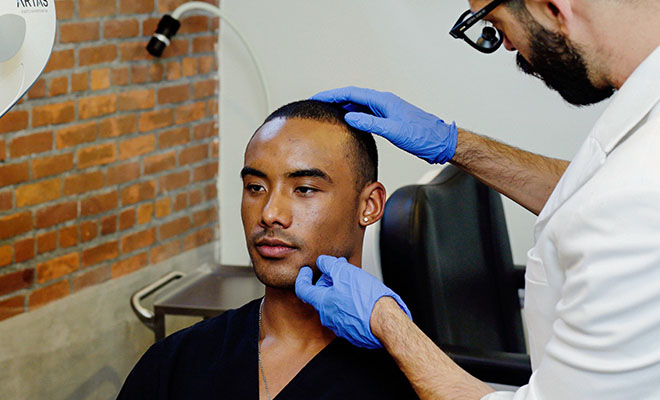
ARTAS® FOR AFROCENTRIC HAIR
The other 50% of our patients? Men in their 40s and up. Many have already had between 1-3 strip procedures. That’s why it’s important that they go to a practice that has experience performing ARTAS® after a strip, like Barber Surgeons Guild®’s chief medical officer, Dr. Justin Rome, and his team. Stop in for a consultation today.
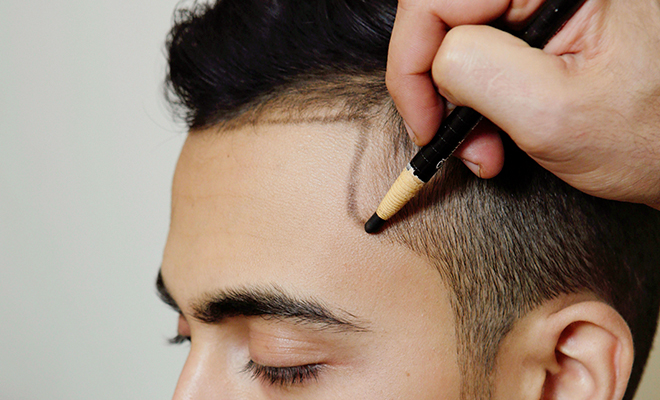
ARTAS® FOR ASIAN & INDIAN HAIR
We also modify ARTAS® off-label to treat guys with Asian and Asian Subcontinent heritage, who tend to have hair that grows out of their heads at steeper angles and in smaller follicular unit groupings than Caucasian hair. No matter. We adjust our procedure to get excellent grafts just the same.
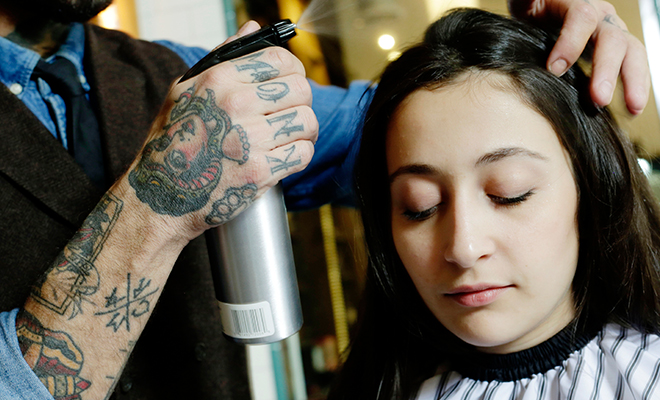
ARTAS® FOR WOMEN
Less than half of all women will make it past the age of 65 with a full head of hair. We treat many women to give them thick hairlines and more volume in the mid scalp zone. (Common areas for hair loss in women.) The female hairline is crucial in hair restoration. Good thing we know how to restore it naturally.
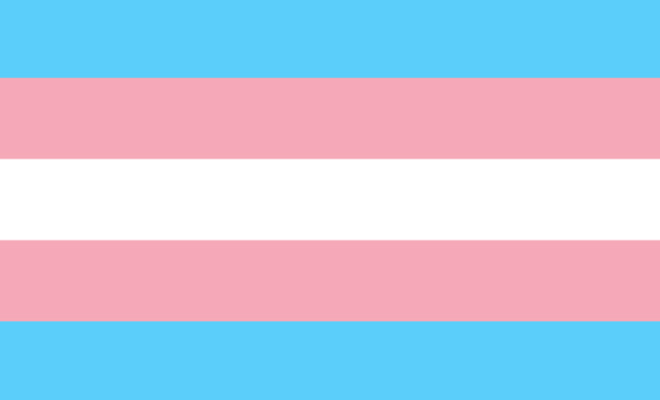
ARTAS® FOR TRANSITIONING MEN & WOMEN
Cosmetic surgery and hormone replacement are crucial in transsexual reassignment procedures, but so are male or female pattern hairlines. Hair patterns help you make the full transition across the spectrum of sexual identification. Without a transplant procedure, many of our patients feel that their transformation is incomplete. Give us the privilege of helping you complete your transformation.
The Benefits Of Advanced Technology
- No linear scarring and no stitches.
- A natural-looking appearance for transplanted hair.
- Patients commonly report a quick, painless recovery.
- Ability to wear the hair short following the procedure.
- Addition of PRP with your robotic procedure for best results at no extra cost.
- Performed at an ARTAS® Center of Clinical Excellence.
Additional Therapies
Not only is the Barber Surgeons Guild® an ARTAS® Center of Clinical Excellence, and an ARTAS® training center for hair restoration doctors, we also offer the most advanced additional therapies like PRP to help you get the best results possible. We’re also among the select few practices that specialize in robotic beard and robotic eyebrow restoration.
Get The Best Procedure
Barber Surgeons Guild® is among the select ARTAS® providers who are also established as Robotic Centers of Clinical Excellence, which means you’ll get the best quality procedure in the world. Plus, we combine other procedures like PRP with our robotic restoration at no additional cost if you choose our “Fill-the-Area” model.
Book your consultation with our renowned physicians.
